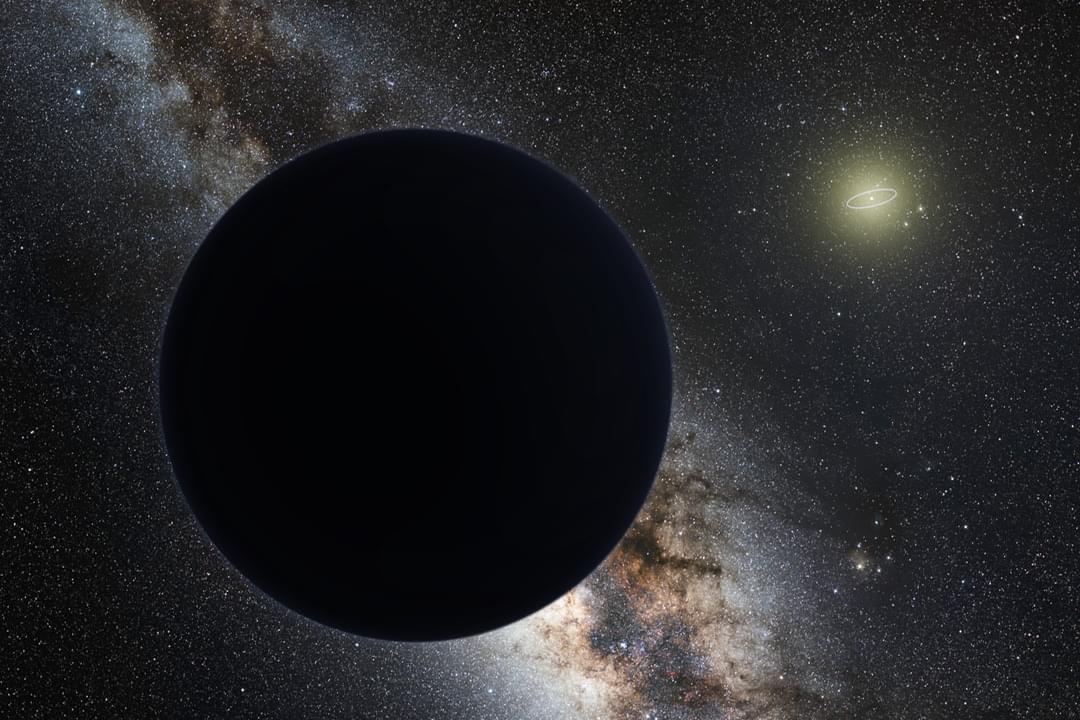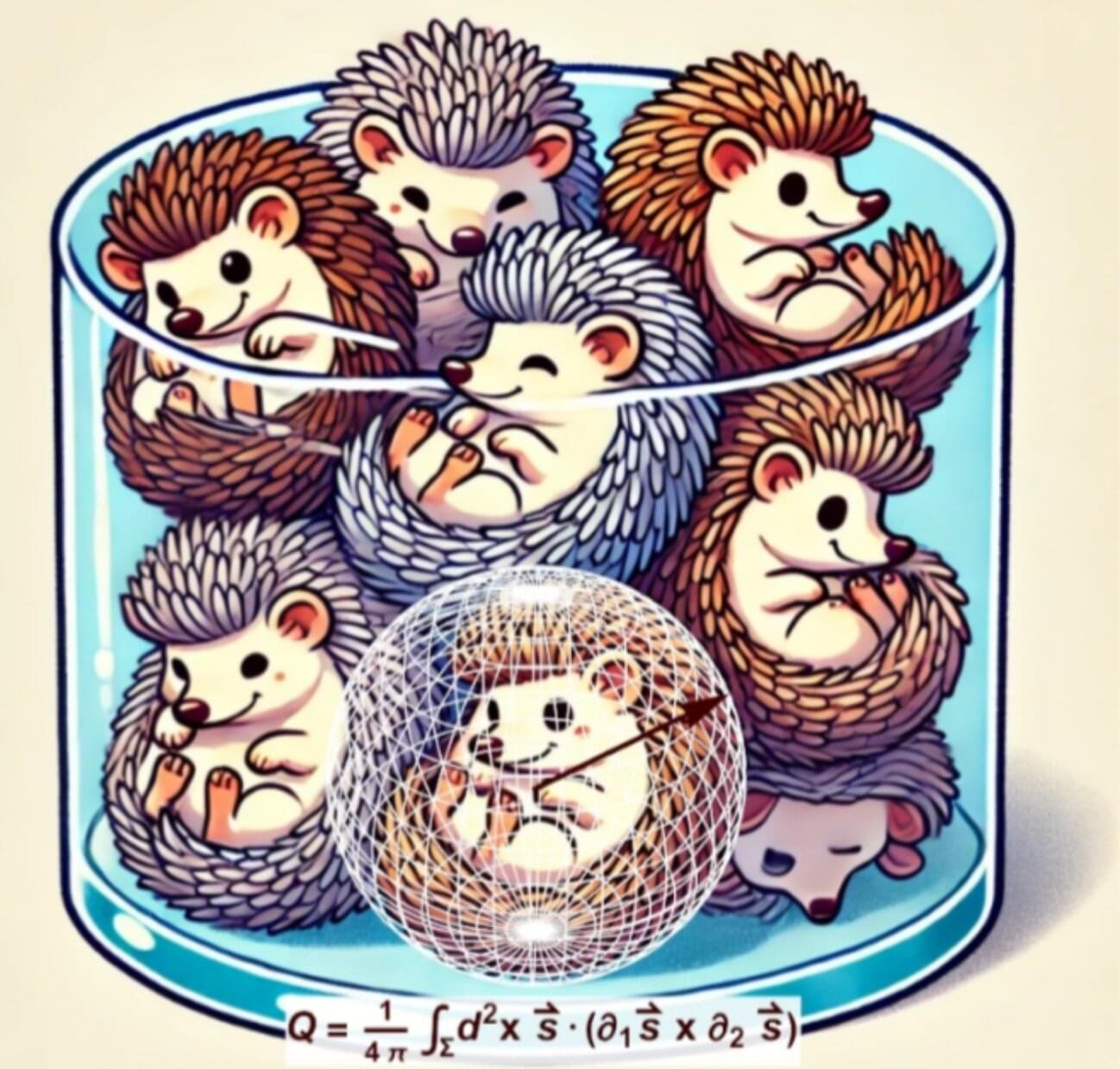The future of moon exploration may be rolling around a nondescript office on the CU Boulder campus. Here, a robot about as wide as a large pizza scoots forward on three wheels. It uses an arm with a claw at one end to pick up a plastic block from the floor, then set it back down.
Category: space – Page 23



The Solar System’s Greatest Mystery May Finally Be Solved!
Scientists are using a new approach to find the mysterious — if it exists — Planet Nine by hunting for its heat signature instead of reflected light. Using data from Japan’s AKARI space telescope, a team of researchers identified two promising candidates using their thermal detection method which is more effective than optical searches alone. But could these distant heat sources finally prove the existence of our Solar System’s most elusive world, or will they turn out to be yet another false alarm in the decades long search?

New Horizons conducts first-ever successful deep space stellar navigation test
As NASA’s New Horizons spacecraft traveled through the Kuiper Belt at a distance of 438 million miles from Earth, an international team of astronomers used the far-flung probe to conduct an unprecedented experiment: the first-ever successful demonstration of deep space stellar navigation.
A paper describing the results was accepted for publication in The Astronomical Journal. The pre-print is available on the server arXiv.
As a proof-of-concept test, the researchers took advantage of the spacecraft’s unique vantage point as it traveled toward interstellar space to image two of our nearest stellar neighbors, Proxima Centauri, which is 4.2 light-years from Earth, and Wolf 359, which is 7.86 light-years away.

Unveiling hedgehog topological defects in three dimensional glasses
I’ve always been fascinated by how materials break down, especially glasses and polymers that don’t have a regular crystal structure. Unlike crystals, where we understand plasticity through things like dislocations, amorphous materials like glasses are messier. There’s no neat lattice to analyze, so figuring out where and how they deform under stress is a big open question.
In two dimensions, researchers, including my research group and myself, have started using a topological approach—looking at vortex-like patterns in how atoms move or vibrate—to identify weak spots in glasses. This also included slicing 3D glasses to find topological defects in the two-dimensional slices. That got me wondering: Could we do something similar in three dimensions, and, crucially, without having to slice the glass into 2D layers?
In this work published in Nature Communications, together with my postdoc Dr. Arabinda Bera, who performed the analysis, and with my longtime collaborator Prof. Matteo Baggioli, we show that we can. We use a kind of topological defect called a hedgehog, which is a point-like distortion in a vector field—like when tiny arrows in space all point outward or inward, just like the spines of a hedgehog. These kinds of defects are well-known in soft matter physics, particularly in liquid crystals, but we hadn’t seen them applied to 3D amorphous solids before.

Understanding the impact of radiation on silicon carbide devices for space applications
The first results of the ETH Zurich and ANSTO collaboration focused on silicon carbide (SiC) devices have been reported in two publications.
Dr. Corinna Martinella, formerly a senior scientist at ETH Zurich, said in a LinkedIn post that the research advances an understanding of the basic mechanisms of radiation damage in SiC power devices exposed to heavy ions.
An article in IEEE Transactions on Nuclear Science describes the testing of how commercial silicon carbide (SiC) power devices, including MOSFETs and Junction Barrier Schottky (JBS) diodes, respond to space-like radiation at a microscopic level.
Puzzling Astronomers: Keck Observatory Detects Unexpected Signals From Nearby Star
Using the Keck Planet Finder (KPF), the observatory’s most advanced instrument, the team measured oscillations within the star, subtle vibrations once thought undetectable. The results, published in The Astrophysical Journal.


High-velocity molecular clouds in M83 provide new insight into how galaxies evolve
A new result from the molecular gas survey in the Southern Pinwheel Galaxy M83 using the Atacama Large Millimeter/submillimeter Array (ALMA) Telescope reveals a discovery of 10 high-velocity clouds composed of molecular gas, moving at velocities significantly different from M83’s overall rotation, an indication that the influx of these gases—which help to form stars—are from outside the galaxy.
This survey is led by Jin Koda, professor in the Department of Physics and Astronomy in the College of Arts and Sciences at Stony Brook University, who collaborated with Maki Nagata and Fumi Egusa, of the University of Tokyo, as well as an international team of astrophysicists. Their findings are published in The Astrophysical Journal.
Galaxies are primarily composed of stars and gas, with gas serving as the material for forming new stars. Through this process of star formation, galaxies evolve by converting gas into stars. It is estimated that without a supply of gas from external sources, the existing gas in a galaxy would be consumed within about 1 billion years and star formation would cease. The team’s finding on the molecular composition of M83 provides new insight into how galaxies may evolve over millions and billions of years.